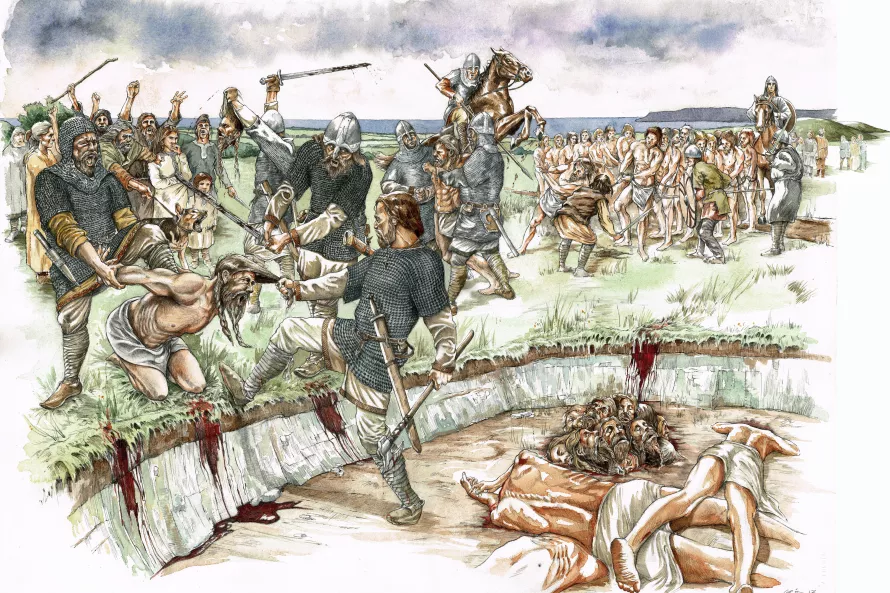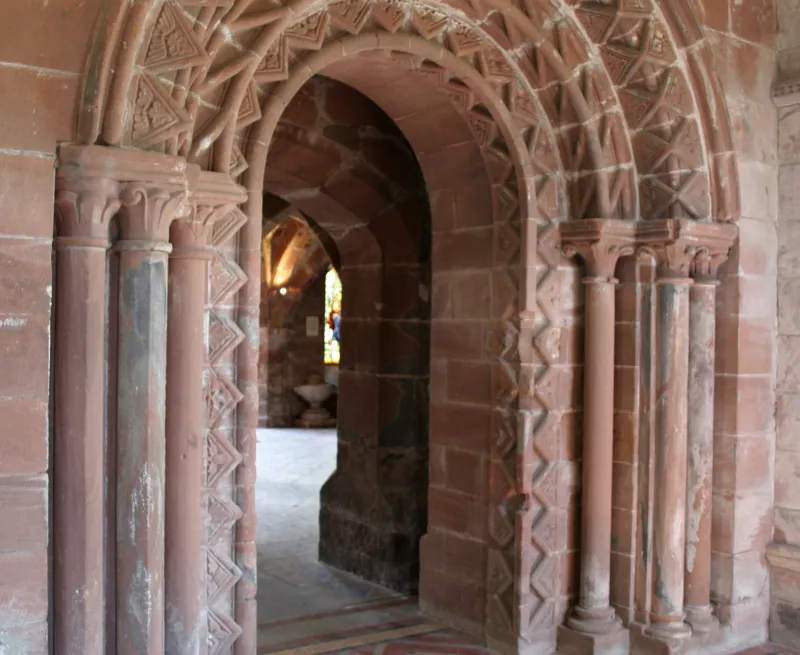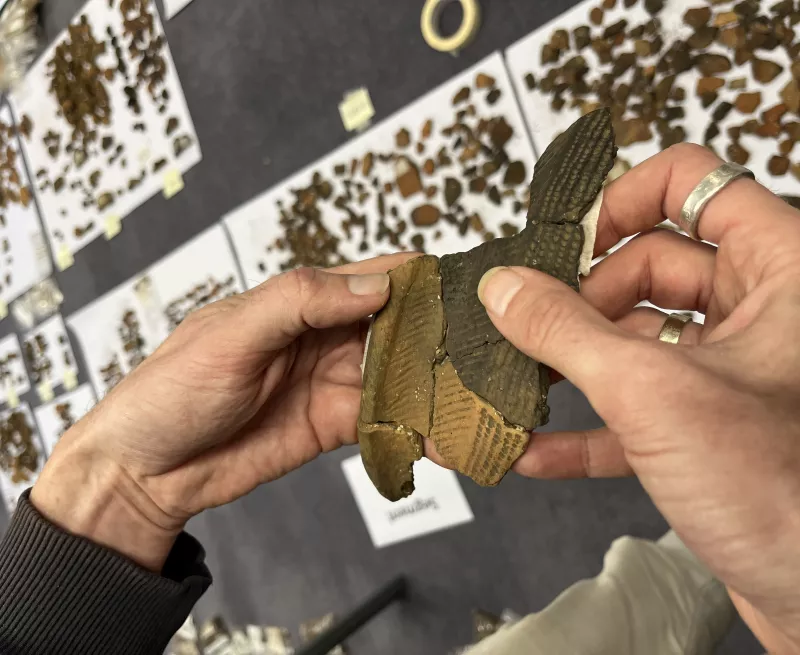The Ridgeway mass grave is arguably one of the most exciting and unexpected archaeological discoveries to have been made in Britain. It has received considerable media attention; has been widely discussed in a wide range of publications; has featured in a major joint exhibition with National museums in Copenhagen, Berlin and the UK and has been the focus of several documentaries. The discovery of the grave was even performed as an opera on stage - The Chalk Legend - by highly acclaimed artists as a trailblazing event for the London 2012 Olympics and Paralympics. Such has been the interest in the grave, that it has become its own fascinating story. This site will no doubt continue to capture minds for decades to come.
The mass grave was a completely unexpected discovery, made in 2009, during the construction of the Weymouth Relief Road in Dorset for the 2012 Olympics by Skanska Civil Engineering, for Dorset County Council. The skulls were the first skeletal remains to be spotted, but at that stage they were presumed to represent a prehistoric or Roman-period funerary context. However, as more bones were uncovered it became apparent that something much more unusual had been found: the skulls were piled on the southern side of the grave and what were assumed to be their articulated post-cranial skeletons were lying jumbled throughout the feature. This was quite unlike any prehistoric or Roman funerary context known from the area, or indeed the rest of the country.
Once the excavation had exposed most of the skeletons, three bone samples were submitted for radiocarbon dating. A weighted mean of the results was calibrated to cal AD 970 – 1025 (SUERC 1045+/-19 BP), showing that the grave had not formed over a long period of time, but represented a single event which had taken place during the early medieval period rather than during prehistoric or Roman times, as initially hypothesised.
Shortly after the excavation, samples from teeth and bones from the skeletons were sent for chemical analysis to examine the origins and migratory histories of the men. Back then, this was a relatively rare technique, but it provided important data on the victims’ backgrounds which would prove to be pivotal to the interpretation of the grave.
Overall, the results indicated a disparate group of individuals, in terms of origin, migration and dietary habits. They had diverse origins, from Scandinavia and the Baltic region, had lived in the Scandinavian region in later life and had not been in the British Isles for long before their deaths.
Analysis of the skeletons provided further clues. Although most of the men were 18-25 years old when they died the youngest was in his early or mid-teens and the oldest, over 50. They possessed features, particularly those relating to height and facial appearance, that were very similar to Scandinavian populations of similar date. Perhaps surprising for a predominantly young group of individuals who had died in their prime of life, the men were not in the best state of health.
The mass grave sits on the crest of Ridgeway Hill next to a Parish boundary and Roman road, near prehistoric monuments and within view of Maiden Castle. There is little doubt that this location was selected to make an example of the individuals buried there.
The circumstances that led to the mass killing and burial of the men found on Ridgeway Hill may never be fully understood but based on current evidence, it seems likely that the context represents a ship’s crew, a Viking raiding party, captured off the Dorset coast.




